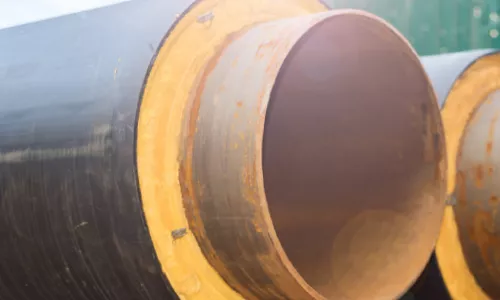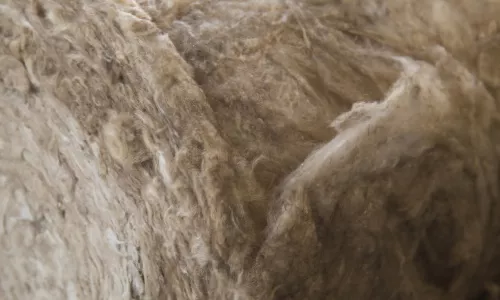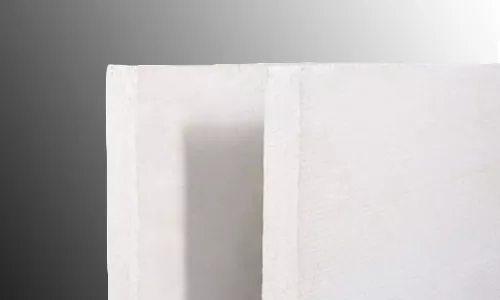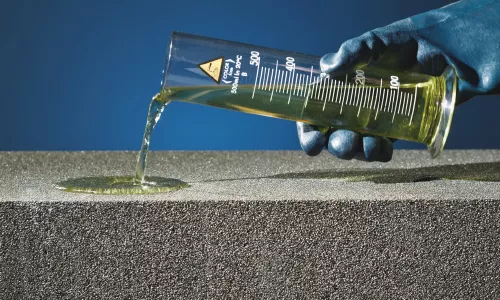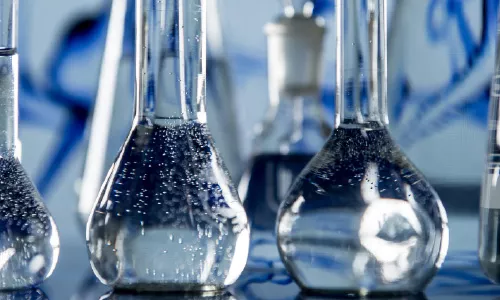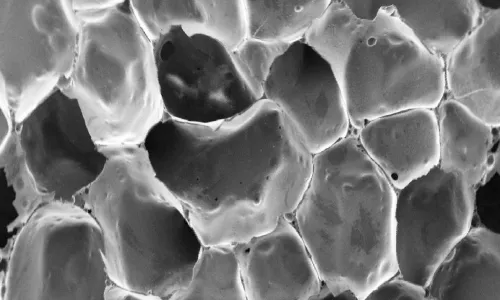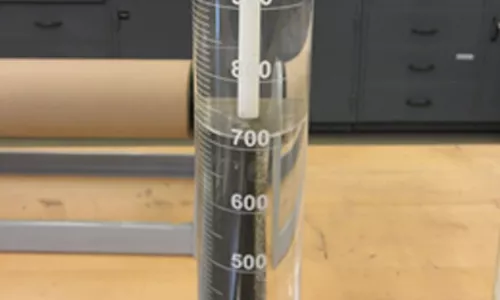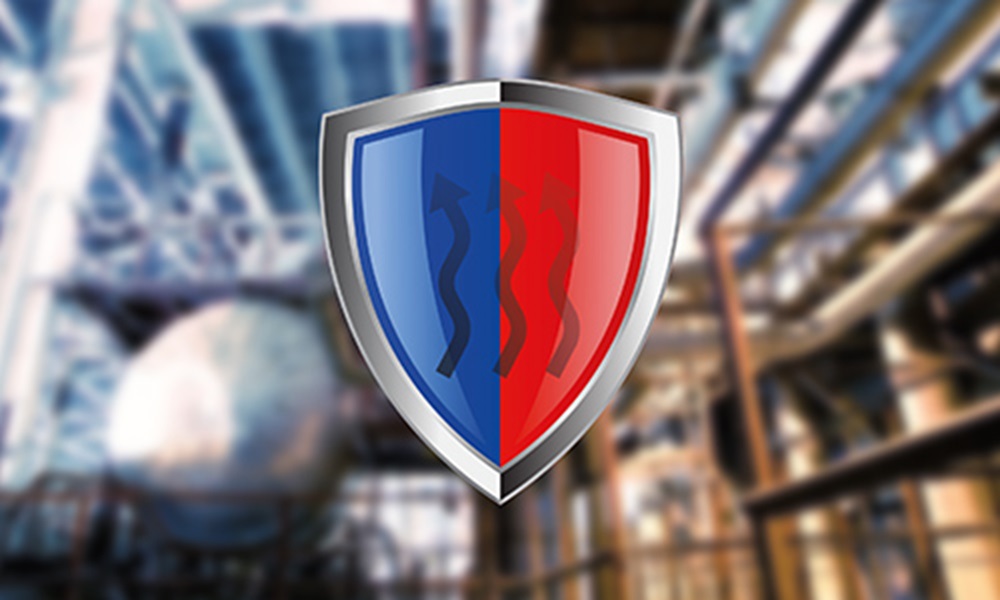Chemical durability of insulation and its performance impact

The chemical environment to which insulation materials are exposed can adversely affect the performance of an insulation material. To help guarantee long-term performance, the material selected should be resistant to all chemical compounds in liquid and vapor form to which it potentially may be exposed. Chemical environments can vary widely, from processing installations on offshore platforms to chemical storage tanks located in large industrial parks. Therefore, as part of an assessment of which is the best insulation material to be used, it is important to consider what chemicals are present in each potential application.
Possible Problems
The chemical durability of an insulation system is often one of the most important criteria in system selection. Chemical absorption can not only mechanically destroy an insulation and jeopardize thermal performance, but it can also increase fire risk and structural corrosion. This can have adverse effects on process control, operating costs and overall worker safety around your process piping, equipment and storage tanks.
The potential for chemical attack can come from external sources such as acid rain, salt air or spillage from adjacent equipment, or from the insulated process system. Tanks or piping systems containing corrosive acids come with the danger of possible alkaline solutions or organic solvents leaking at critical points such as joints, valves or flanges. Absorption of these chemicals by certain insulation materials can lead to loss of performance.
COMMON INSULATION MATERIALS AND THEIR CHEMICAL DURABILITY
Organic foams
Organic foams such as, polyisocyanurate, phenolic and polyolefin materials are often specified for above and below ambient temperature applications in the -50 °C to 85 °C (-60 °F to 185 °F) range.
However, as the table down below shows, these foams are significantly deteriorated or dissolved by many typical solvents and reagents.
Consequently, specification of organic foam insulations in applications were exposure to incompatible solvents and reagents could be likely should be avoided.
Glass & Mineral Fibers
Fiber glass and mineral wool insulations are essentially made from silicate glasses, but these consist of an open fiberous matrix. While the fibers in these materials are composed of relatively inert silicate glasses, the fibers are often coated with organic binders which can be destroyed by chemicals.
Fiberous insulations also exhibit the potential to wick or absorb potentially hazardous materials. Claims of water resistance or water repellency should not be generally equated with chemical resistance or chemical durability. Absorption of flammable liquids can increase fire risks while absorption of caustics and acids can accelerate corrosion potential. The destruction of binders can also decrease the structural integrity and thermal performance of the material.
Calcium Silicate & Perlite
Due to the highly absorptive nature of these materials, critical safety and corrosive hazards can rapidly develop should acidic or caustic spillage occur.
Perlite often contains organic-based water repellents. These water repellents can be destroyed by temperatures over 200 °C (392 °F) and by petrochemicals.
In case of flammable liquids, absorption by both materials can significantly increase fire potential as wicking danger increases as soaked insulation could auto-ignite when interacting with oxygen at a certain temperature.
Comparative chemical durability of select insulation materials
| Solvent | Polyisocyanurate | Polyolefin | Phenolic | FOAMGLAS® insulation |
| Concentrated Nitric Acid | X | Dissolved | ||
| Concentrated Hydrochloric Acid | X | X | ||
| Concentrated Sulfuric Acid | Dissolved | X | ||
| Concentrated Phosphoric Acid | ||||
| 40% Nitric Acid | X | Dissolved | ||
| 10% HydrochloricAcid | X | |||
| 30% Sulfuric Acid | X | |||
| 5% Carbonic Acid | X | X | ||
| 5% Acetic Acid | X | X | X | |
| 10% Citric Acid | X | X | ||
| Orange Terpenes | X | |||
| Citrus Peel Oil | X | X | ||
| Orange Juice | X | X | X | |
| Concentrated Ammonium Hydroxide | X | X | X | |
| Concentrated Potassium Hydroxide | X | X | ||
| 10% Ammonium Hydroxide | X | X | ||
| 10% Sodium Hydroxide | X | X | X | |
| 2% Sodium Carbonate | X | X | ||
| Heptane | X | |||
| Methanol | X | X | ||
| Formaldehyde | X | X | ||
| Dichloromethane | X | X | X | |
| Benzene | X | X | ||
| Methyl Ethyl Ketone | X | X | X | |
| 1-Butanol | X | X | ||
| Toluene | X | X | ||
| Acetone | X | X | X | |
| Ethyl Acetate | X | X | X | |
| Mineral Spirits | X | |||
| Ethylene Glycol | X | X | ||
| Kerosene | X |
X = shows deterioration
Testing done in acc. with ASTM D543, 30 day full immersion at 24 °C (75°F)
R. Gerrish, Carr - Chemical Durability of FOAMGLAS® Insulation vs Foamed Plastics,”
Challenges in hot and cold applications
We can conclude that there are challenges to overcome in both hot and cold applications.
Calcium silicate and perlite are absorbent, and fibrous insulations offer an open glass matrix which can wick or absorb chemicals. Even if these are chemically durable to some reagents, possible absorption risks can lead to decreased thermal efficiency and an increase in safety, fire and corrosion risks.
Lower-temperature insulation materials such as closed-cell organic foams are susceptible to attack by many chemical reagents. Even in situations where the insulation is chemically durable to a particle substance, reagent vapors can still permeate organic foam cell walls and compromise performance.
THE CELLULAR GLASS INSULATION SOLUTION
The solution to the problem of aggressive chemical attack, is to select the insulation material that is most highly resistant to such attack. FOAMGLAS® cellular glass insulation is resistant to a wide range of chemical substances.
The primary reason for its chemical durability is that FOAMGLAS® insulation is both all-glass and closed-cell, which is a critical combination for providing unmatched chemical durability.
The chemical resistance of glass is universally recognized and applied in a wide range of applications; For decades, glass containers have been the standard, thanks their exceptional durability, for use in food and chemical processing and in laboratory environments where corrosive reactions are mostly carried out in them.
Cellular glass insulation is manufactured from soda, lime and aluminosilicate, with silica (SiO2) being the major constituent. It is the inert nature of silica that instills cellular glass with its chemical durability. Acids have little effect on silica glasses, with the exception of hydrofluoric acid and, at high temperatures, phosphoric acid.
The chemical durability of bulk glass can be demonstrated by a variety of tests. One test, glass powder solubility (tests include ISO 719-1981, DIN 12111, USP-111) requires grinding glass to a particular particle size, mixing into distilled water, then applying 90 °C to 121 °C (194 °F to 250 °F) heat from 30 minutes to 4 hours. The extracted alkali is then measured as sodium oxide (Na2O) per unit sample weight.
Under the United States and European Pharmacopoeia procedure, cellular glass has been tested and shown to be as chemically durable as Type III pharmaceutical packaging glass.
An additional benefit of FOAMGLAS® cellular glass insulation is that it does not contain any organic binders or other components that could be subject to chemical attack by most substances.
Many other insulation materials include organic binders or water repellents to enhance physical performance.
Because these added components are often attacked at a faster rate or in a different manner than the primary material, premature failure of the insulation and loss of insulation performance are possible.
Examinations of the chemical durability of cellular glass have been carried out periodically to characterize the degree of durability, to develop products with improved durability, and to compare its durability with other insulation products. These examinations have been made in water, various corrosive chemicals and organic solvents.
- Water: Immersion tests have been conducted on cellular glass over the years by numerous investigators. In one recent study, measurements were made for changes in volume, weight and compressive strength, post immersion for 30 days in 24 °C (75 °F) distilled water. No significant changes were found.
- Reagents: In other tests, cellular glass has been exposed to a variety of chemical and organic reagents at room temperature as shown in the durability table on the previous page. Monitoring the same measurements over the same time period as for water, no significant deterioration was noted (with the exception of 10% sodium hydroxide and potassium hydroxide).
These results show that FOAMGLAS® cellular glass insulation was highly resistant to water, concentrated and dilute acids (except hydrofluoric), solvents, salts, hydrocarbons, ketones, ethers and esters. Combined with its impermeability both to reagent liquids and their vapors, cellular glass is often the material of choice for a wide variety of applications where chemical resistance is a key requirement.



